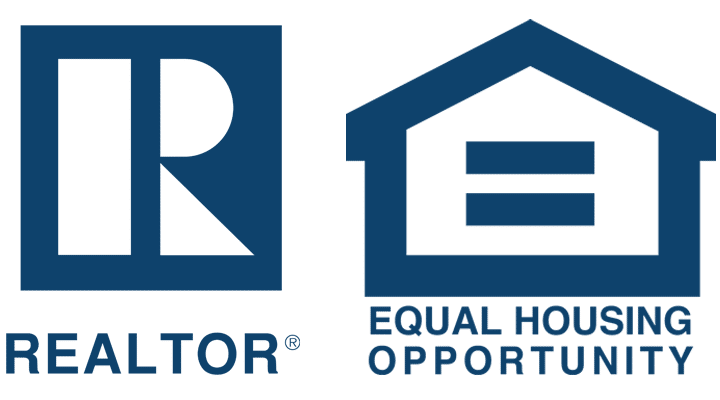Insurance is the one service you pay for and hope to never use. When the time does come, however, there’s often confusion on what your homeowners insurance policy actually covers.
For instance, your casita, guest house, pool house, or RV garage may not be covered in the event of a fire or structural damage. You’ll generally need an umbrella policy for extra coverage.
Under your liability coverage, you’re typically covered if your dog bites someone. Even if it happens at the park.
There’s a lot more to homeowners insurance than just paying to fix your house. Be sure to read your policy to determine exactly what your homeowner’s insurance coverage provides. Any examples listed may not apply to every policy.
- What is homeowners insurance?
- Types of coverage.
- Claim payment process.
- What determines rates?
- Money saving tips.
The views within this article are based on industry knowledge and experience. We are not licensed to advise on insurance. Please consult an insurance professional prior to making a decisions.

What is homeowners insurance?
If you have a mortgage on your home then you already have homeowners insurance. All lenders require it so their collateral is protected.
Homeowners insurance is a type of property insurance. Besides your personal residence, home insurance includes various personal insurance protections.
Damage or losses to your home, the belongings inside, loss of the use of your home, and liability insurance to protect against accidents that occurred at your home or by the homeowners are included in home insurance.
Home insurance policies are generally customizable and coverages, amounts and rates vary.
Types of homeowners insurance covererage.
Property damage
If your home, or personal belongings inside your home, sustains significant damage, a standard policy will provide you coverage to replace or repair them.
Homeowner’s insurance covers damage caused by fire, smoke, vandalism, or theft. Weather events like wind, lightning, or hail, and external forces, like damage caused by a fallen tree, are included.
If you’re based in a flood zone or near a fault line, additional coverage or a separate rider may be necessary. Earthquakes and flooding are generally not covered by a standard policy.
Additional structures, like a detached garage, shed, or guest house, may not be covered. If you’re a collector or own luxury goods, you can also purchase an additional rider to cover those items.
Your appliances, furniture, heating/cooling systems, and clothing are covered in an insured disaster.
Additional living expenses
If you do suffer a major disaster and cannot occupy your home, you can utilize the additional living expenses.
Additional living expenses are the part of the coverage that reimburses you for the hotel, rent, meals, and other costs while you cannot occupy your home.
There are coverage limits, so staying at the Wynn is unlikely. But, it’s nice to know you have somewhere to stay for free.
Personal liability
Personal liability coverage protects you from lawsuits filed due to an accident sustained by others on your property.
Liability coverage can also protect you if your dog bites someone, even outside of your property.
If a guest sues you for a slip and fall accident, the insurance company will cover the costs for suffering and loss of wages.
Most experts recommend liability coverage of at least $300,000. You may purchase an umbrella policy— coverage that extends past your insured limits. The cost is generally a few hundred dollars more to extend another $1 million in coverage.
Medical payment
While personal liability protects you from a lawsuit if there’s an injury on your property, medical payment coverage pays their medical expenses.
Medical payments only apply if they don’t sue you.
Medical payment will not cover you, your family, or anyone living in the home. Your home business is also not covered.
How does the claim process work?
Insurance companies will value your property and belongings by their actual cash value or the replacement value.
Actual cash value is what you would receive if you sold your home or belongings at today’s depreciated market value.
For instance, If you purchased your dining room table for $1,000 five years ago, today’s actual cash value may be closer to $300.
Even if you have a replacement cost plan, you’ll first receive a check for the actual cash value. Then, once you find a replacement, you provide a receipt so the insurance company can match the claim payment to the existing cost.
If you decide you don’t want to replace the item, you keep the check for the actual cash value.
The replacement cost is the insurance company’s amount to reimburse you for replacing or rebuilding items or dwellings. The replacement must be similar in construction or quality.
You can replace your six-foot tan leather sofa with a new tan leather sofa similar in size.
When dealing with structural damage, the insurance company pays—or reimburses you—to restore the damaged area to its original condition. That applies to replacing broken items, like bay windows and French doors, or a significant incident like a fire.
For any help with real estate jargon, read our 50 Real Estate Terms to know as a reference guide.
What determines your homeowners insurance rate?
Insurance companies need to collect more premiums than they pay out in claims. So, they determine rates based on risk.
Your past insurance claims—or the history of insurance claims on your house—will significantly determine rates. If there’s a history of wind damage to your home, the insurance company will adjust for the apparent high risk.
Besides the history of claims, the neighborhood crime rates, building construction or material, roof type, age, condition, and credit score can all be considered to determine your insurance rate.
Higher-risk items, like a pool diving board, can also increase your rate.

How you can reduce your rate.
The easy answer is to be less risky. However, you can’t stop the wind and you aren’t replacing a still functioning roof, but there are easier ways to reduce your rate.
A security system should be your first step. A sound security system is excellent for your protection, and it can save money on your homeowner’s insurance rate.
Pay a higher deductible. The deductible is the amount you pay before the insurance company pays the claim.
Standard deductibles are usually $1,000, with $500 and $2,000 also common. Some deductibles may base the premium on a percent of the home’s value.
The insurance company knows you won’t be making more minor claims when your deductible is higher. Because of that, the probability of a claim decreases, and so does their risk.
As Flo from Progressive always says, Bundle and save. Most insurance companies will provide a discount if you sign up for auto and homeowners insurance.
Lastly, always shop around. The insurance world is changing, and there are many new, unique online insurance competitors.
Like Lemonade, which processes claims with artificial intelligence and communicates through chatbots, they also claim to payout more in claims due to their company’s structure.
Final thoughts.
Whether it’s a new Silicon Valley insurance startup or good ol’ fashion State Farm, pick your policy based on your overall level of protection. Saving a couple of hundred dollars a year could cost you thousands down the road.







